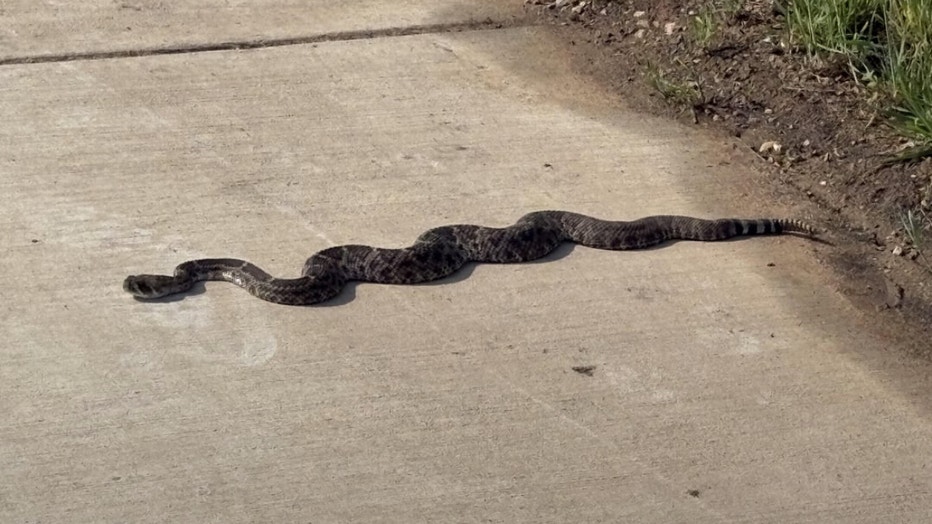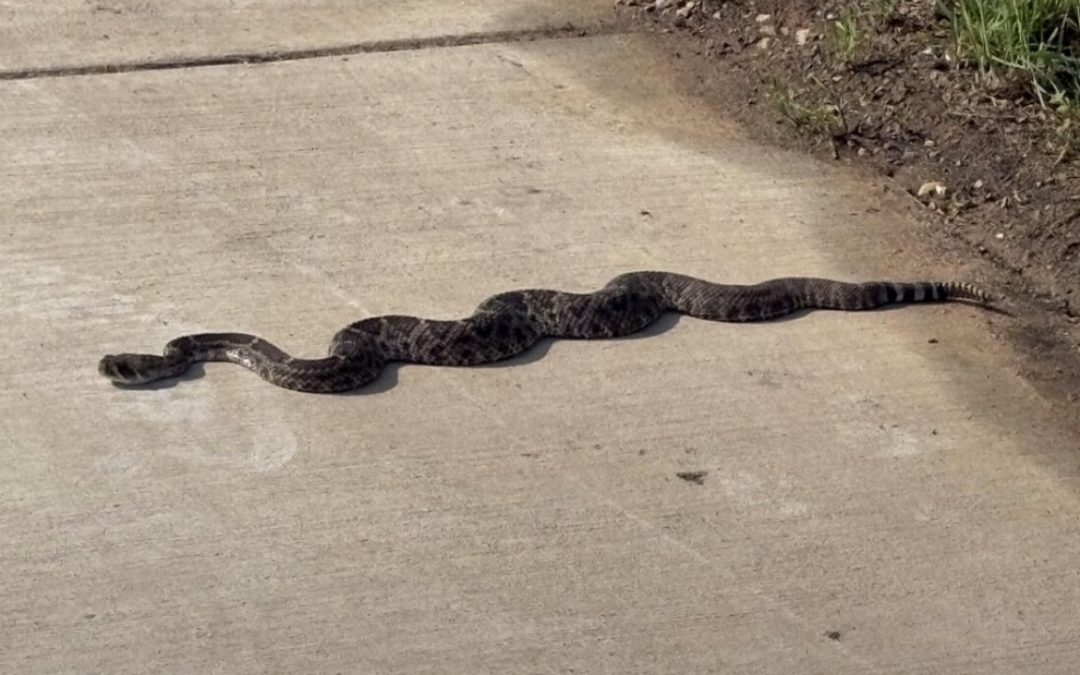Snake season in Central Texas
It’s snake season in Central Texas. As the reptiles slither out of hiding and into your line of sight, there are ways to avoid getting bitten.
PFLUGERVILLE, Texas – It’s snake season in Central Texas.
As the reptiles slither out of hiding and into your line of sight, there are ways to avoid getting bitten.
Snake season in Texas
Why you should care:
“As far as most damaging, most venomous snake we have here in Central Texas, it would probably be our Western Diamondbacks just because of the yield, the sheer amount of venom that they can inject due to their size,” said Trey Clair, a Wildlife Handler at Prickly Pear Wildlife Removal.
Clair said the Western Diamondback and Western Rat Snakes are the most common species he encounters on the job. It is natural to feel fearful of snakes, but they do a lot of good for the environment.
“Snakes are really great at controlling rodent populations, as well as helping to eliminate a lot of diseases carried by rodents,” said Clair.
There are myths that rattlesnakes can jump several feet. However, the vipers stretch out two-thirds of their body lengths in a full-blown strike.
“A lot of people think that, because snakes are cold-blooded, they want to be hot all the time, but they’re just like us,” said Clair. “They can get overheated rather easily.”
Snakes do not hibernate. They stop moving whenever it is cold, but they might start moving for a day if the sun comes out in December.
“It’s called brumation,” said Clair. “They’ll actually go into a state of torpor where their heart rate, their breathing, everything slows down.”

If you are bitten by a snake, no matter what kind, seek medical attention.
“Infection is something that can definitely happen even with non-venomous snakes,” said Clair.
When encountering one of these slithering reptiles, do not run or try to mess with it.
“For all snakes, you should really back away slowly,” said Clair. “The last thing you want to do is corner a snake. We do have some species here in Texas that, when cornered, will absolutely defend themselves.”
It is best to leave the muscular creatures alone because they can be unpredictable, and sometimes venomous snakes look similar to non-venomous ones, especially with how many different species there are in Texas.
“My message to the public is to treat every snake as if it is venomous and leave it be,” said Clair.
Venomous snakes that you will find in Central Texas include rattlesnakes, copperheads, cottonmouths, and coral snakes.
The Source: Information from interviews conducted by FOX 7 Austin’s Katie Pratt

